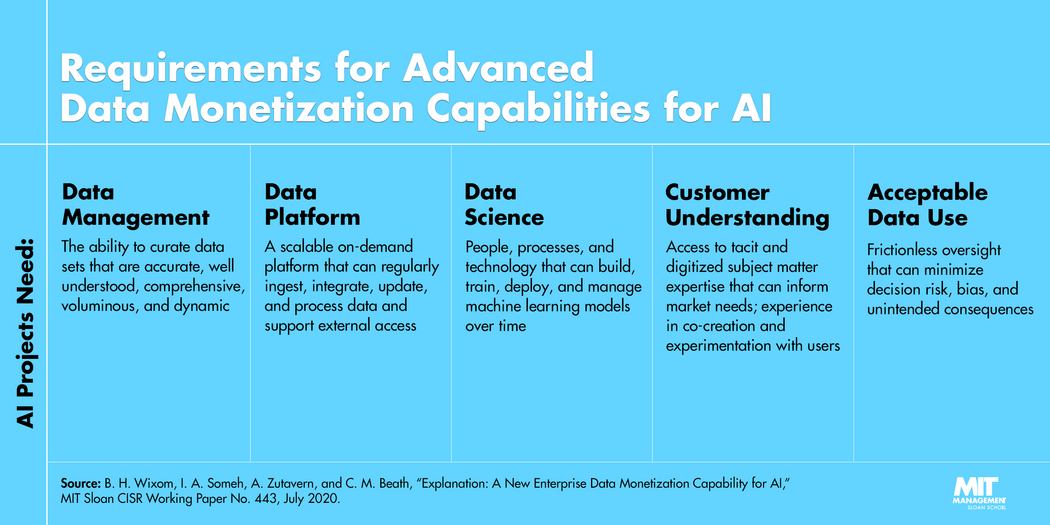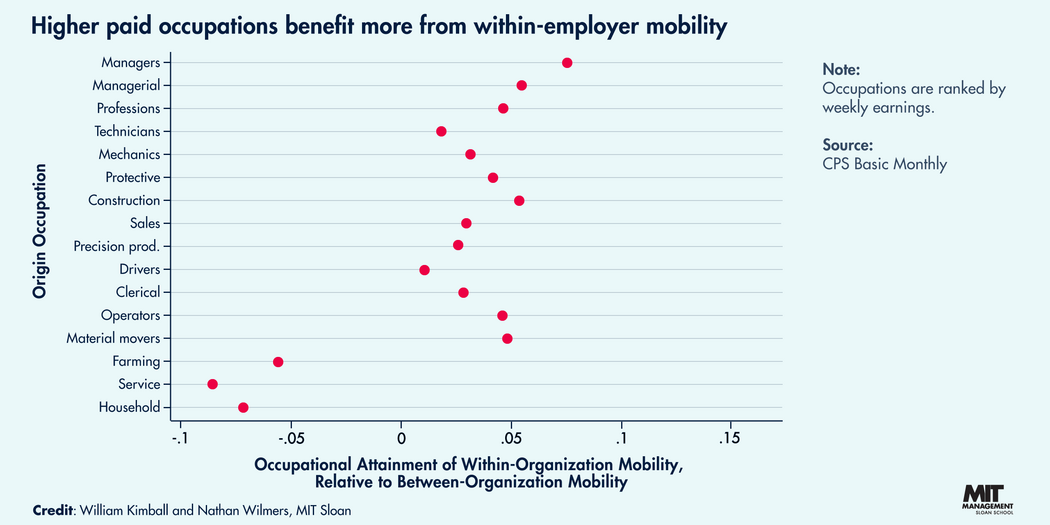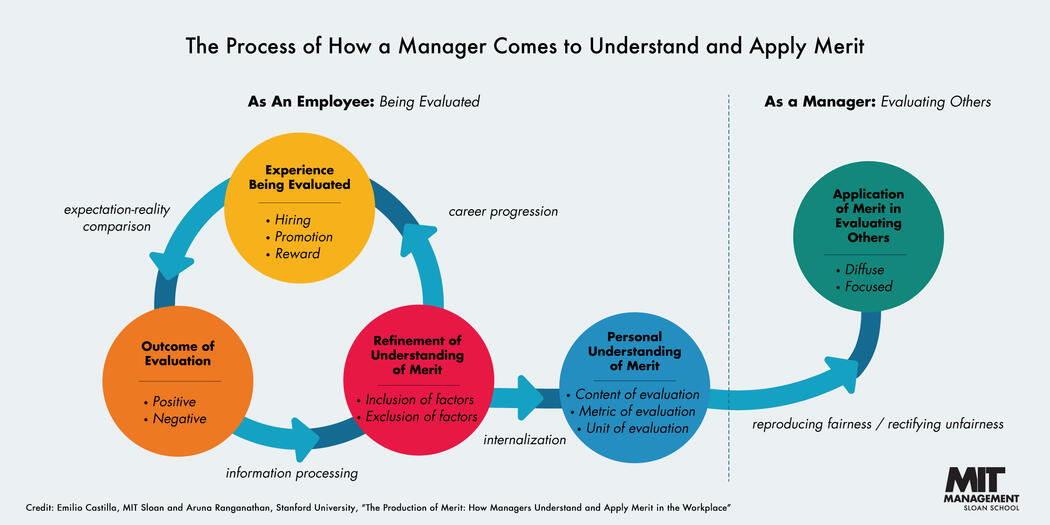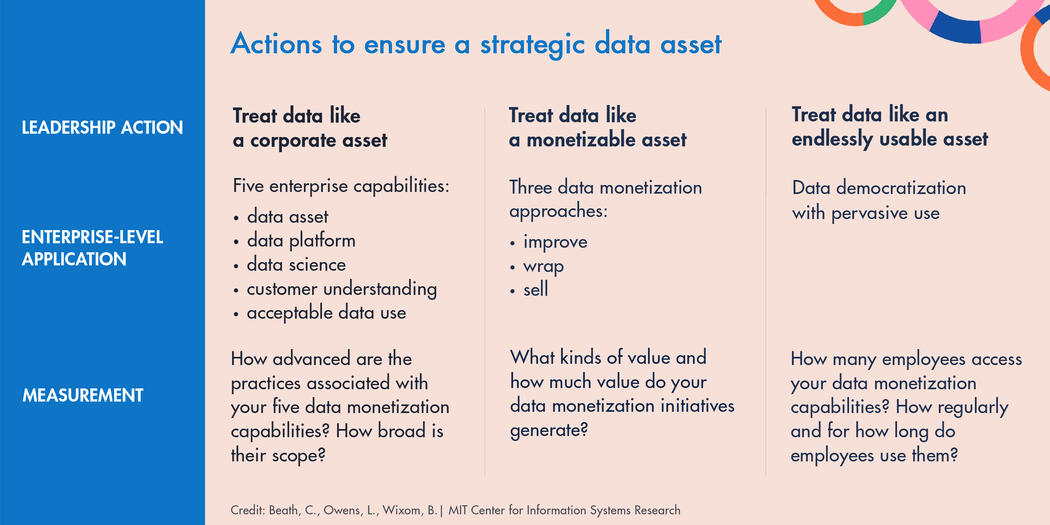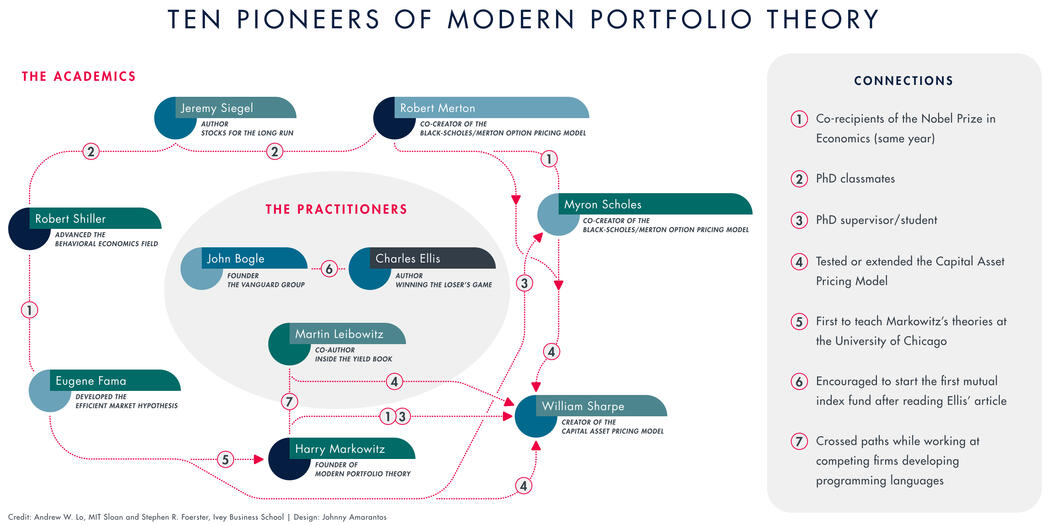Credit: tete_escape / Shutterstock
Ideas Made to Matter
Mimi's test page
Climate Action for Managers
How can you help? Data-backed ideas from MIT experts.
The Need for Climate Solutions Simulators
Climate change has damaged our world in the form of extreme storms, heatwaves, wildfires, flooding, and more. In this video, MIT Sloan professor John Sterman explains the importance of climate simulators like En-ROADS. This intuitive tool provides leaders with real-time feedback on climate policies and industry actions that they can incorporate into their organizations’ environmental strategies.
Like Rip Van Winkle, America’s workers appear to be waking up after a 30-year nap. To their surprise and dismay, many of them find they’re being offered wages that are not much
The researchers found that startups using AI were more likely to have younger, more highly educated, and more highly experienced leaders than startups that were not using AI. Venture capital backing and a focus on process innovation were also associated with AI adoption.
“The firms that have other things going for them tend to be the ones that can leverage bleeding-edge technology like AI,” McElheran said. “The ability to reconfigure how work gets done and how things get made is an important predictor of whether AI is used in production.”
This matters when comparing AI to other types of general-purpose technologies. Innovations such as enterprise software are complex implementations that depend on a completely different set of workflows.
But AI is more similar to a point solution, McElheran said. “At an incremental level, you can transform a given task, or replicate an individual human task,” she said. “It’s not suddenly everywhere all at once.”
This blessing can quickly become a curse, though. Innovate one part of a system, McElheran noted, and the rest of the system needs to innovate at the same pace. Otherwise, “things start to come unglued.” That’s why firms focusing on process innovation — and benefiting from the resources necessary to move process innovation along — are more likely than others to be using AI.
Some of those AI users are in sectors not typically associated with cutting-edge technology, such as manufacturing and health care. The former is closely linked to manufacturing’s use of robotics. The latter stems from a range of use cases, from optimizing operating room schedules to automating back-office coding and billing processes.
The researchers found that startups using AI were more likely to have younger, more highly educated, and more highly experienced leaders than startups that were not using AI. Venture capital backing and a focus on process innovation were also associated with AI adoption.
“The firms that have other things going for them tend to be the ones that can leverage bleeding-edge technology like AI,” McElheran said. “The ability to reconfigure how work gets done and how things get made is an important predictor of whether AI is used in production.”
This matters when comparing AI to other types of general-purpose technologies. Innovations such as enterprise software are complex implementations that depend on a completely different set of workflows.
But AI is more similar to a point solution, McElheran said. “At an incremental level, you can transform a given task, or replicate an individual human task,” she said. “It’s not suddenly everywhere all at once.”
This blessing can quickly become a curse, though. Innovate one part of a system, McElheran noted, and the rest of the system needs to innovate at the same pace. Otherwise, “things start to come unglued.” That’s why firms focusing on process innovation — and benefiting from the resources necessary to move process innovation along — are more likely than others to be using AI.
Some of those AI users are in sectors not typically associated with cutting-edge technology, such as manufacturing and health care. The former is closely linked to manufacturing’s use of robotics. The latter stems from a range of use cases, from optimizing operating room schedules to automating back-office coding and billing processes.
The researchers found that startups using AI were more likely to have younger, more highly educated, and more highly experienced leaders than startups that were not using AI. Venture capital backing and a focus on process innovation were also associated with AI adoption.
“The firms that have other things going for them tend to be the ones that can leverage bleeding-edge technology like AI,” McElheran said. “The ability to reconfigure how work gets done and how things get made is an important predictor of whether AI is used in production.”
This matters when comparing AI to other types of general-purpose technologies. Innovations such as enterprise software are complex implementations that depend on a completely different set of workflows.
But AI is more similar to a point solution, McElheran said. “At an incremental level, you can transform a given task, or replicate an individual human task,” she said. “It’s not suddenly everywhere all at once.”
This blessing can quickly become a curse, though. Innovate one part of a system, McElheran noted, and the rest of the system needs to innovate at the same pace. Otherwise, “things start to come unglued.” That’s why firms focusing on process innovation — and benefiting from the resources necessary to move process innovation along — are more likely than others to be using AI.
Some of those AI users are in sectors not typically associated with cutting-edge technology, such as manufacturing and health care. The former is closely linked to manufacturing’s use of robotics. The latter stems from a range of use cases, from optimizing operating room schedules to automating back-office coding and billing processes.
The researchers found that startups using AI were more likely to have younger, more highly educated, and more highly experienced leaders than startups that were not using AI. Venture capital backing and a focus on process innovation were also associated with AI adoption.
“The firms that have other things going for them tend to be the ones that can leverage bleeding-edge technology like AI,” McElheran said. “The ability to reconfigure how work gets done and how things get made is an important predictor of whether AI is used in production.”
This matters when comparing AI to other types of general-purpose technologies. Innovations such as enterprise software are complex implementations that depend on a completely different set of workflows.
But AI is more similar to a point solution, McElheran said. “At an incremental level, you can transform a given task, or replicate an individual human task,” she said. “It’s not suddenly everywhere all at once.”
This blessing can quickly become a curse, though. Innovate one part of a system, McElheran noted, and the rest of the system needs to innovate at the same pace. Otherwise, “things start to come unglued.” That’s why firms focusing on process innovation — and benefiting from the resources necessary to move process innovation along — are more likely than others to be using AI.
Some of those AI users are in sectors not typically associated with cutting-edge technology, such as manufacturing and health care. The former is closely linked to manufacturing’s use of robotics. The latter stems from a range of use cases, from optimizing operating room schedules to automating back-office coding and billing processes.
Credit: Johnny Amarantos
Figure comparing the resulting Wordle board of a possible human-played game and of the optimal policy. Credit: Bertsimas, D. and Paskov, A., "An Exact and Interpretable Solution to Wordle," 2022.
different than when they went to sleep. Pensions have disappeared, and their children are often earning less, in real dollars, than they did when they started their own careers.
Source: Thomas Malone | MIT Sloan. See: https://bit.ly/3gvRho2, Figure 2.
Thomas A. Kochan is co-director of the MIT Institute for Work and Employment Research.
And now workers are being told that robots, artificial intelligence, and other technological innovations will either require new skills or put them out of work.These wake-up calls are leading to a new era of worker activism. The signs are everywhere. At Google, workers are demanding a fair way of resolving workplace discrimination claims, calling for transparency and equity in pay between genders, and asking for employee representation on the company’s board.
Elsewhere, InstaCart contractors petitioned the delivery company’s CEO to stop stealing their tips, and Marriott workers went on strike to improve their wages and access to training for new technologies under the slogan “One job should be enough.”MIT Sloan research indicates these actions might be omens of more to come. In a 2017 survey of 3,915 American workers, my colleagues and I found that workers report experiencing a sizable “voice gap” at work — that is, a gap between how much say or influence they feel they ought to have and how much they actually have — on topics such as wages, working conditions, fair treatment, and input into how they do their work.
And now a second study I have just completed with a new team finds that today’s workers want forms of voice and representation that go well beyond traditional unions. In addition to collective bargaining, workers want more individual benefits and services that carry across jobs — including health care, retirement, training, and job search assistance. They also expressed interest in new options for participating in decision-making to improve operations at their organizations, from enterprise-wide councils or committees to seats on company boards of directors.
In short, today’s workforce wants what we and others are calling a New Social Contract at work. To no one’s surprise, at the heart of this new social contract is the belief that workers should be fairly compensated for the contributions they make to the success of their enterprise and to meeting their customers’ expectations.
Real wages stagnate
To understand what this prospect implies for the future of compensation, we first need to understand how we got here. America did have a social contract for work in the decades following World War II up through most of the 1970s. During that time period, compensation adjusted for changes in cost of living rose in tandem with national productivity. This was the period during which President John F. Kennedy popularized the phrase, “A rising tide can lift all boats.” As the economy grew and became more productive, workers gained their fair share of the gains they helped produce.However, that social contract began to fray in the late 1970s and broke down completely in the 1980s. Since then productivity continued to grow, but real compensation for the average worker stagnated. The share of national income going to the workforce declined from 64% to 58%, and the ratio of CEO to average worker pay rose from about 30 to 1 in 1978 to more than 300 to 1 in 2017. Meanwhile, union membership declined from 20.1 percent of the U.S. workforce in 1983 to 10.5% in 2018 (and just 6.4% of the private sector workforce), so worker bargaining power evaporated.
Labor and Compensation Series

Workers waking up
All this happened while the workforce seemed to be asleep. But if recent activism and the message from our surveys — and the tightening labor market for talent — are indications, the era of passive acceptance of these trends may be coming to an end.Yet we can’t go back to the old social contract given today’s global economy, advancing technologies, and much more diverse workforce.
The challenge facing business leaders is to work with key stakeholders in education, labor, and government to forge a new social contract that supports what MIT Sloan calls “
Good Companies, Good Jobs” — that is, enterprises that can both compete effectively and earn a good rate of return for their investors while supporting high-quality jobs and careers for their workforce. While the specific practices needed to achieve those outcomes need to be tailored to fit different industry and occupational settings, common features include:
-
Careful selection of employees with strong technical and behavioral skills (e.g., communications, leadership, problem-solving, and teamwork).
- Continuous investment in staff training and development.
- Respect for worker rights.
- Opportunities for workers to adapt to changing technologies and work requirements.
- Fair and transparent compensation systems that ensure employee incomes rise with enterprise and overall economic performance.
- A voice for workers in the critical business decisions that will shape their futures.
If our research results and the recent workforce actions are indications, turning these practices into the new norms governing work may be the defining business leadership challenge of our time.
Thomas A. Kochan is the George M. Bunker Professor of Management at the MIT Sloan School of Management, where he is also co-director of the MIT Institute for Work and Employment Research and the faculty chair of the Good Companies, Good Jobs Initiative at MIT Sloan.











